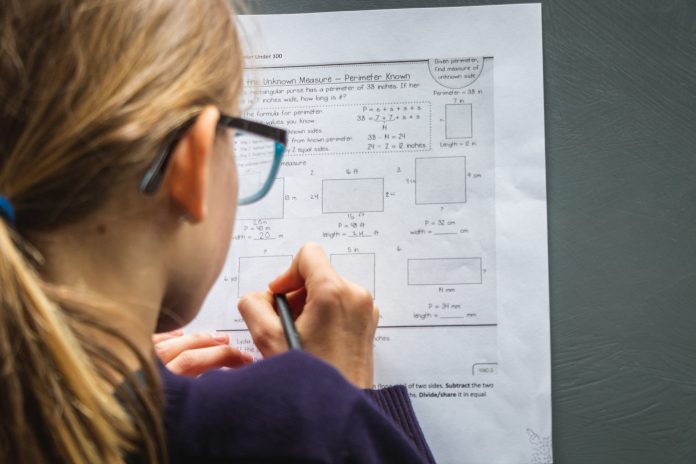We all know that critical thinking is a crucial step to success. But how do we get better at it? At what age can your child start to think critically? Can we allow them to just develop this skill naturally, over time?
Research has suggested that explicit instruction is the most effective way to foster critical thinking skills. In other words, teach it! And be intentional about it.
I have gathered some great ways to help you do this at home with children of any age:
Age 3 and above: Keeping an open mind
Intentionally talk about things that are conventional, then challenge your child to do a ‘topsy-turvy’ activity.
An example is, talking about what sounds animals make and what they look like. Then say, ‘Let’s play the topsy-turvy game!’ You can model this activity by drawing a giraffe that has long ears, or a bunny with a long neck. You can tell a story about a bee who hates honey.
Age 5 and above: Ask open-ended questions
Keep your child curious by encouraging them to think. Ask questions that engage them with the world around them. Here are some examples:
- How does this make you feel?
- Why do you think this sign is placed here?
- What could that person have done instead?
- What do you think could make that person feel a different way?
Age 8 and above: Problem solving and predicting
When reading a story, pause and talk about the plot when you have reached the problem or climax. Predict what will happen next. After you finish the story, ask your child what they would do differently to solve the problem.
Age 12 and above: Role playing
Role playing is an excellent way to exercise critical thinking. Your child can practise considering different perspectives. For older children, this activity can involve research into a character’s persona and habits.
Choose a conflict that involves an interaction between two famous figures or fictional characters. An example is, Voldemort (from the Harry Potter series) arguing with Thanos (from the Marvel cinematic universe) about how to become the most powerful being in the world. Talking about this is a great way to get your child thinking in new and interesting ways.


